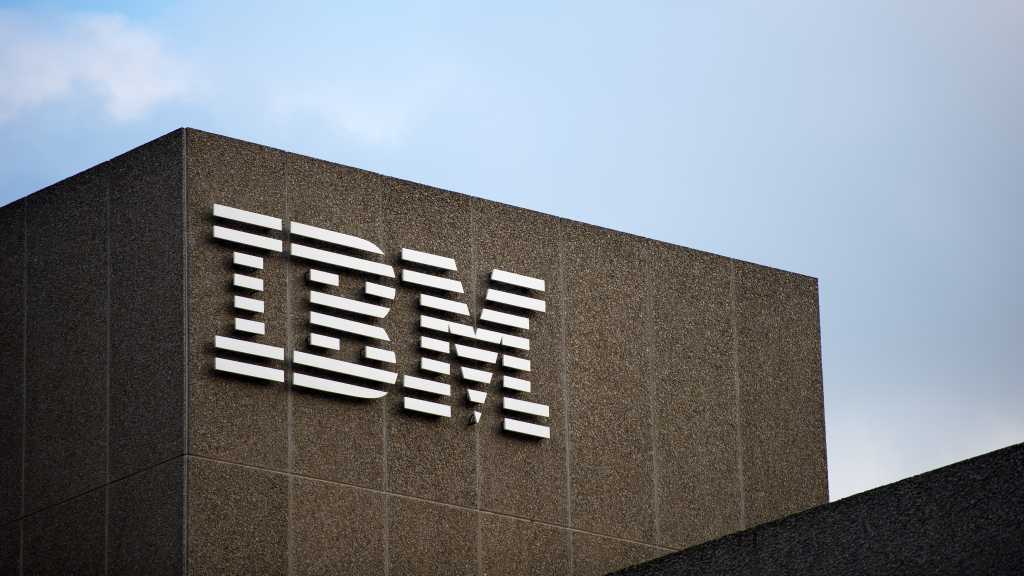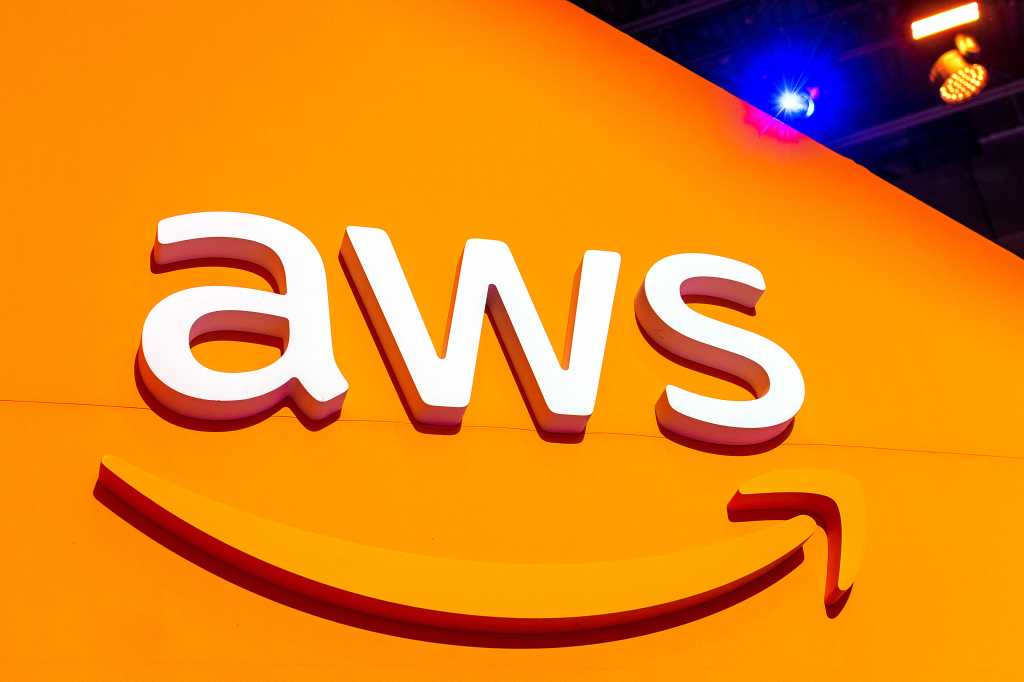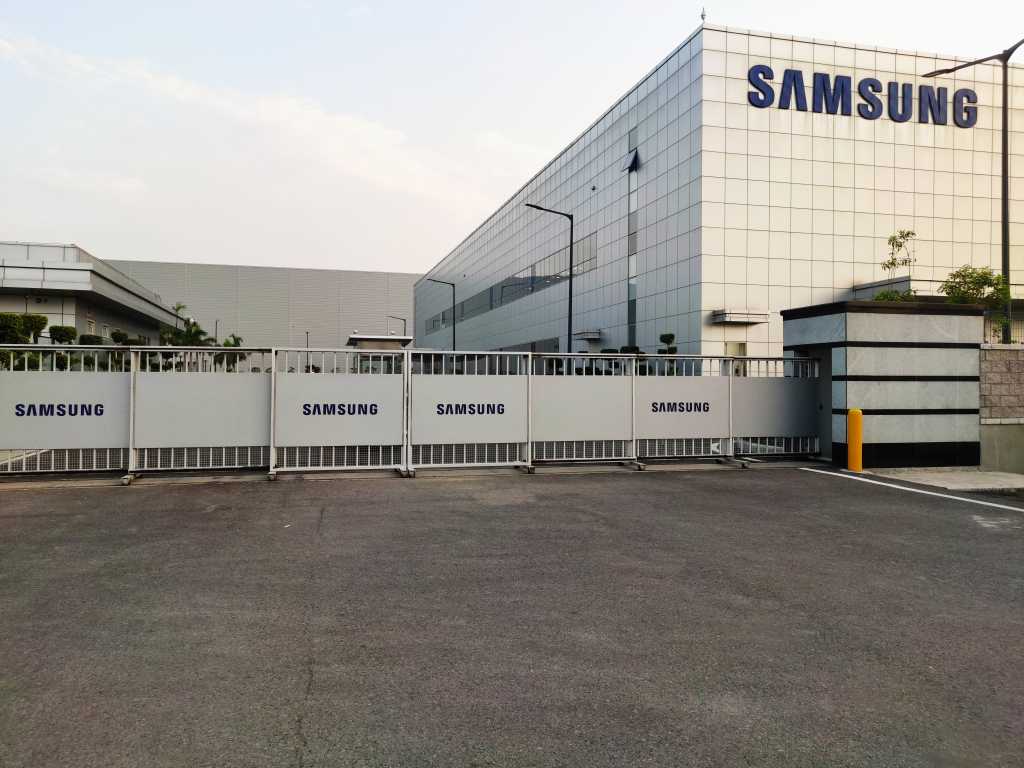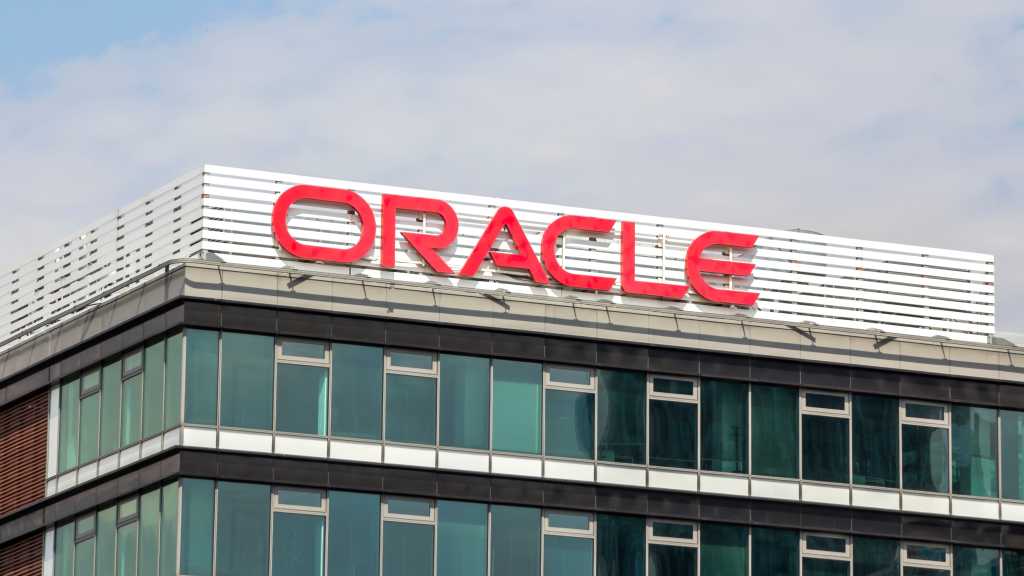
In a report sent to Rigzone by the Standard Chartered team on Wednesday, Emily Ashford, Head of Energy Research at Standard Chartered Bank, offered a prediction for OPEC+’s next meeting, which is scheduled to be held on November 2.
“OPEC+ [is] likely to continue [a] gradual unwinding of cuts, adding a further 137,000 barrels per day month on month at [the] November 2 meeting,” Ashford said in the report.
“We see no reason for a change in strategy this month. The week on week change in the shape of the Brent forward curve and Russia-based market supply concerns are supportive of OPEC+ continuing its small monthly unwind of the April 2023 voluntary output cuts,” Ashford added.
In the report, Ashford highlighted that, “just one week ago”, the company “might have suggested that any decision at this meeting by OPEC+ could be considered with a bearish tint”.
“Continuing to add barrels slowly back to the market via the 137,000 barrel per day increase mechanism could have been reported as adding barrels to a market under pressure from poor sentiment, and concerns over impending surpluses,” Ashford said.
“A pause in the process could have suggested that OPEC+ did not view the market as healthy enough to add barrels, given its repeated commentary that it remains responsive to the global economic outlook and market fundamentals,” the head of energy research added.
Ashford went on to state in the report that Standard Chartered Bank expects the group’s next meeting “to continue the trend of rapid decisions, with the communiqué focusing on the group’s ability to pause or reverse the additional adjustments, including the previous November 2023 tranche of 2.2 million barrels per day”.
“Given the price change over the past week, increased supply pressure, and – most critically – the adjustment in the shape of the forward curve week on week (which has changed from a strong contango from early 2026 onwards, to steep backwardation in the front months, flat through 2026 before a milder contango from early 2027), we see no reason for OPEC+ to adjust strategy at this meeting,” Ashford continued.
The Standard Chartered report projected that the ICE Brent nearby future crude oil price will average $65 per barrel in the fourth quarter of this year and $68.50 per barrel overall in 2025.
In a market analysis sent to Rigzone on Tuesday, Konstantinos Chrysikos, Head of Customer Relationship Management at Kudotrade, noted that “traders could focus on Sunday’s OPEC+ meeting, where the group could lean toward a modest output increase for December of around 137,000 barrels per day”.
“A larger increase could weigh on prices further and exacerbate the market’s decline,” Chrysikos warned in that analysis.
Rigzone has contacted OPEC for comment on the Standard Chartered report and the analysis from Chrysikos. At the time of writing, OPEC has not responded to Rigzone.
A statement posted on OPEC’s website on October 5 revealed that Saudi Arabia, Russia, Iraq, the United Arab Emirates (UAE), Kuwait, Kazakhstan, Algeria, and Oman “decided to implement a production adjustment of 137,000 barrels per day” in a virtual meeting held that day.
“The eight OPEC+ countries, which previously announced additional voluntary adjustments in April and November 2023, namely Saudi Arabia, Russia, Iraq, UAE, Kuwait, Kazakhstan, Algeria, and Oman met virtually on 5 October 2025, to review global market conditions and outlook,” the statement noted.
“In view of a steady global economic outlook and current healthy market fundamentals, as reflected in the low oil inventories, the eight participating countries decided to implement a production adjustment of 137,000 barrels per day from the 1.65 million barrels per day additional voluntary adjustments announced in April 2023,” it added.
The statement highlighted that this adjustment will be implemented in November. According to a table accompanying the statement, Saudi Arabia and Russia’s adjustment amounts to 41,000 barrels per day, each. Iraq’s comes to 18,000 barrels per day, the UAE’s is 12,000 barrels per day, Kuwait’s is 10,000 barrels per day, Kazakhstan’s is 7,000 barrels per day, Algeria’s is 4,000 barrels per day, and Oman’s is 4,000 barrels per day, the table outlined.
The table highlighted that November 2025 “required production” is 10.061 million barrels per day for Saudi Arabia, 9.532 million barrels per day for Russia, 4.255 million barrels per day for Iraq, 3.399 million barrels per day for the UAE, 2.569 million barrels per day for Kuwait, 1.563 million barrels per day for Kazakhstan, 967,000 barrels per day for Algeria, and 808,000 barrels per day for Oman.
“The 1.65 million barrels per day may be returned in part or in full subject to evolving market conditions and in a gradual manner,” the OPEC statement said.
“The countries will continue to closely monitor and assess market conditions, and in their continuous efforts to support market stability, they reaffirmed the importance of adopting a cautious approach and retaining full flexibility to pause or reverse the additional voluntary production adjustments, including the previously implemented voluntary adjustments of the 2.2 million barrels per day announced in November 2023,” it added.
“The eight OPEC+ countries also noted that this measure will provide an opportunity for the participating countries to accelerate their compensation. The eight countries reiterated their collective commitment to achieve full conformity with the Declaration of Cooperation, including the additional voluntary production adjustments that will be monitored by the Joint Ministerial Monitoring Committee,” it continued.
“They also confirmed their intention to fully compensate for any overproduced volume since January 2024,” it went on to state.
The OPEC statement also highlighted that the eight OPEC+ countries will hold monthly meetings “to review market conditions, conformity, and compensation”. It added that the eight countries will meet again on November 2.
A statement posted on OPEC’s X page on October 28 announced that OPEC’s 170th Board of Governors Meeting had begun under the chairmanship of Nigeria’s OPEC Governor and Chairman of the Board, Ademola Adeyemi-Bero.
“During the two-day meeting, the Organization’s financial, administrative, and strategic affairs will be examined,” that statement noted.
In a release posted on the U.S. Department of the Treasury website on October 22, U.S. Treasury Secretary Scott Bessent announced that the Treasury “is sanctioning Russia’s two largest oil companies that fund the Kremlin’s war machine”. In that release, the Treasury noted that “today’s actions increase pressure on Russia’s energy sector and degrade the Kremlin’s ability to raise revenue for its war machine and support its weakened economy”.
According to a post on the official X account of the Ministry of Foreign Affairs of Russia on October 23, Russian President Vladimir Putin said, “sanctions will NOT significantly affect our economic well-being”.
“Russia’s energy sector remains stable & confident. Our contribution to global energy balance is substantial. Disrupting this balance is not in the interest of the world,” he added.
To contact the author, email [email protected]






















